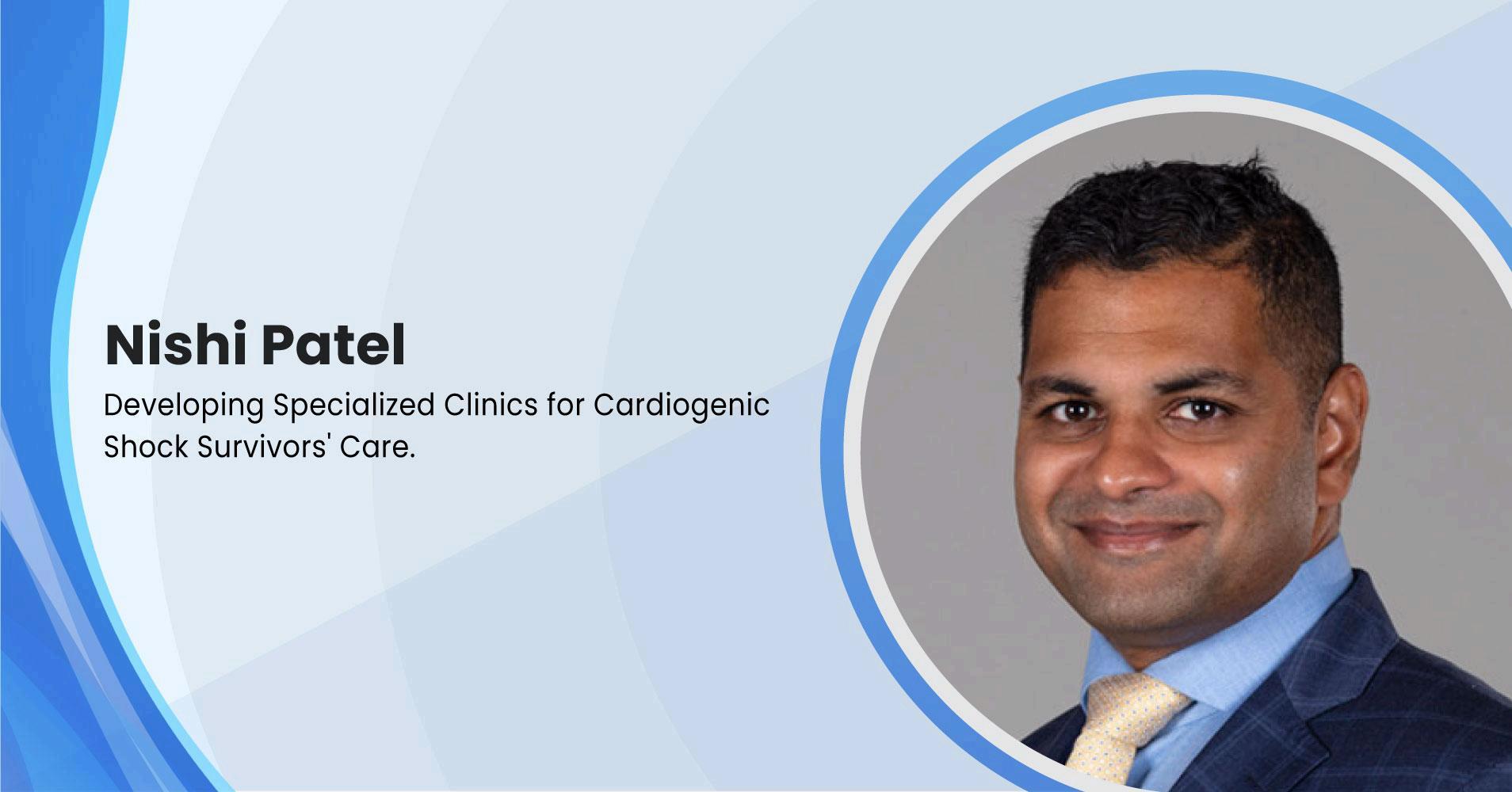Transforming Cardiac Care: The Role of Remote Monitoring for Patients with Heart Conditions by Nishi Patel

In the era of digital health, remote monitoring has become an essential tool in managing chronic conditions like heart disease For patients with advanced heart conditions, this technology offers a means of tracking vital health metrics without the need for constant hospital visits. While remote monitoring systems can significantly enhance care for cardiac patients, they come with both advantages and challenges that deserve careful consideration,as defined by Nishi Patel.
One of the main benefits of remote monitoring is its ability to provide continuous, real-time data about a patient's heart health. Devices like wearable ECG monitors, blood pressure cuffs, and pulse oximeters enable patients to record vital signs in the comfort of their own homes This allows healthcare providers to track changes in heart function and intervene early if any concerning trends are detected. For patients with advanced heart conditions, this proactive approach can prevent complications, reduce hospitalizations, and improve long-term outcomes
Another significant advantage is the convenience that remote monitoring offers. Patients no longer need to schedule frequent hospital visits or worry about transportation and long wait times. Instead, they can perform regular health checks at their convenience, providing more flexibility in managing their care This is particularly beneficial for older patients or those living in rural areas where access to specialized care may be limited Additionally, remote monitoring can
give family members and caregivers peace of mind, knowing that their loved ones' health is being closely observed.
However, remote monitoring also presents some challenges. One of the most significant concerns is the potential for data overload. With continuous streams of data coming from various devices, healthcare providers may face difficulties in sifting through all the information and prioritizing critical alerts. This could lead to delays in response times or missed warnings of deteriorating health Furthermore, not all patients are tech-savvy, and some may struggle with using remote monitoring devices, especially if they have limited access to the internet or experience difficulty interpreting the data.
Another consideration is privacy and data security With the increased reliance on digital health technologies, there are heightened risks of sensitive patient information being exposed or hacked Ensuring that the devices and platforms used for remote monitoring adhere to strict privacy regulations is crucial to maintain patient trust and safety.
Despite these challenges, the integration of remote monitoring into heart disease management holds immense potential. As technology continues to evolve, future innovations will further improve the accuracy and ease of these tools Ultimately, the goal is to offer a more personalized, responsive, and accessible approach to cardiac care, empowering patients to take an active role in their health and providing healthcare providers with valuable insights for better decision-making
